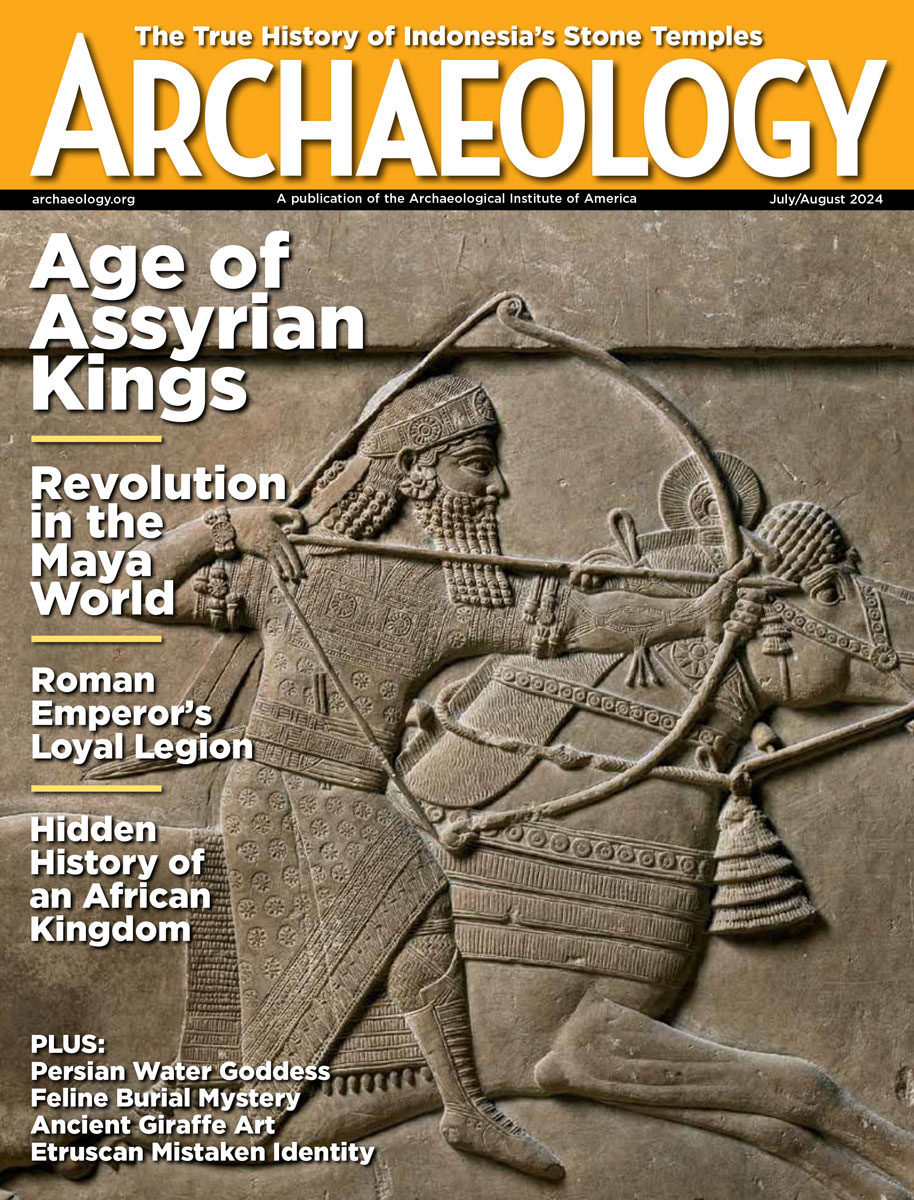Tuesday, May 29
May 29, 2012
Two shipwrecks dating to the second century were discovered in deep waters off the western coast of Greece during a survey conducted ahead of the construction of a gas pipeline. Greek researchers used side-scan radar and robot submarines to examine the pottery, ballast stones, and possible remnants of wooden ships. They also reportedly recovered pottery and marble artifacts.
Last month, several holes were dug in a portion of Kincaid Mounds State Historic Site in southern Illinois. More recently, an all-terrain vehicle or truck was driven over one of the mounds, damaging it. The mounds were used by the Mississippian culture 1,000 years ago for the burials of people and grave goods, in addition to being a political and agricultural center. “These mounds are a unique, irreplaceable part of our heritage, and to destroy them for the sake of amusement or profit is a despicable act,†said Amy Martin, director of the Illinois Historic Preservation Agency.
Climate change may have triggered the collapse of Harappan civilization, according to a reconstruction of the Indus River landscape by geologist Liviu Giosan of the Woods Hole Oceanographic Institution. This urban culture spread across what are now India, Pakistan, Nepal, and Bangladesh as early as 5,200 years ago, and depended upon the waters from monsoon-driven rivers. When the intensity of the rains decreased some 3,000 years ago, the people migrated east to the Ganges River basin. “Cities collapsed, but smaller agricultural communities were sustainable and flourished,†added archaeologist Dorian Fuller of University College London.
A team of researchers has analyzed more than 300 Neolithic burials from central Europe, and has concluded that individuals that had been buried with adzes had access to better land, as revealed in the strontium isotopes in their teeth. Strontium isotope analysis also indicates that Neolithic women were more likely to have been raised in areas outside those where they had been buried. “Community diversity seems to have happened very early on in the transition to agriculture and probably occurred through inheritance and kinship systems rather than individuals competing for wealth,†explained Penny Bickle of Cardiff University.
A 4,000-year-old tomb containing pottery and objects made from alabaster and copper has been discovered in the Deir al-Barsha necropolis in Middle Egypt. The sarcophagus within the tomb was inscribed with funeral texts. “It is the first time in many years that such a well-preserved tomb has been unearthed,†said Muhammad Ibrahim, Egypt’s antiquities minister.
An altar and a stele thought to have been crafted between 800 and 500 B.C. have been unearthed at the Olmec site of Chalcatzingo in central Mexico. The site itself is a residential area that dates between 700 and 900 A.D. Carolina Meza of Mexico’s National Institute of Anthropology and History said that the Olmecs may have buried the altar and stele in new buildings in order to decommission them.
- Comments Off on Tuesday, May 29









